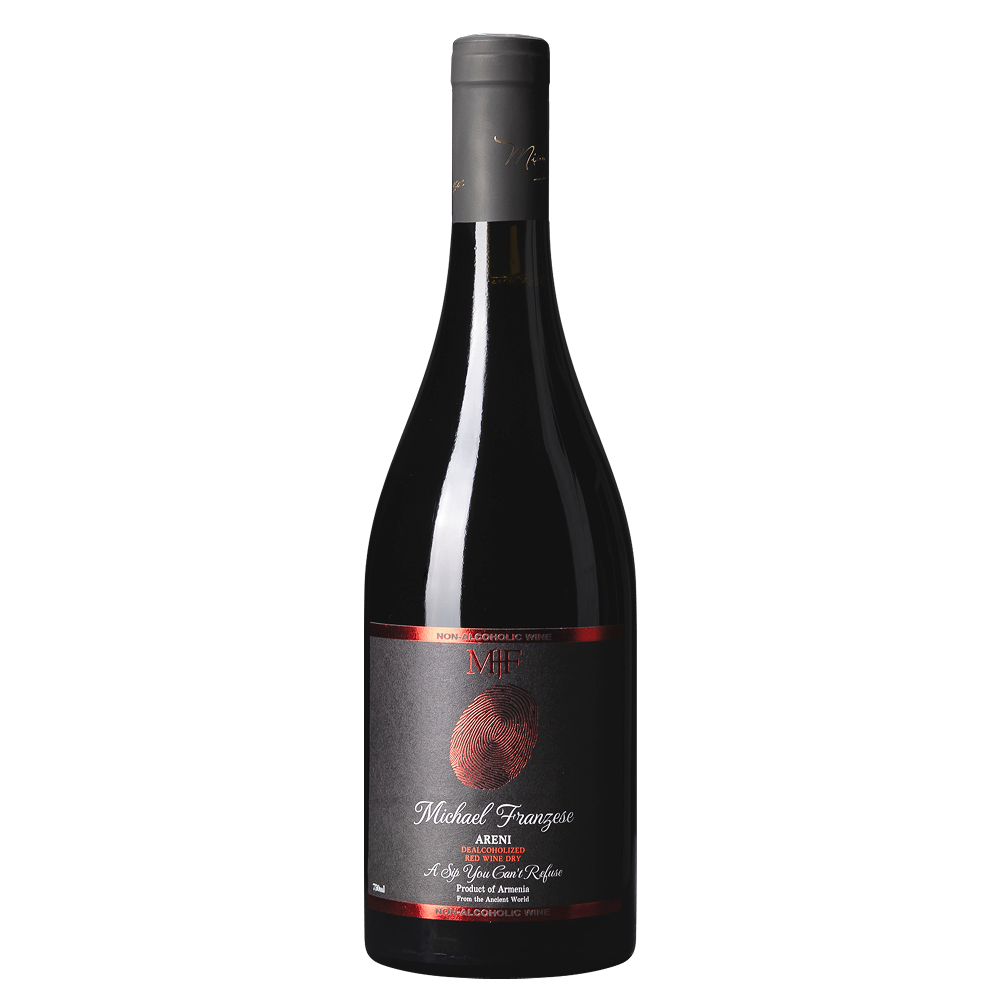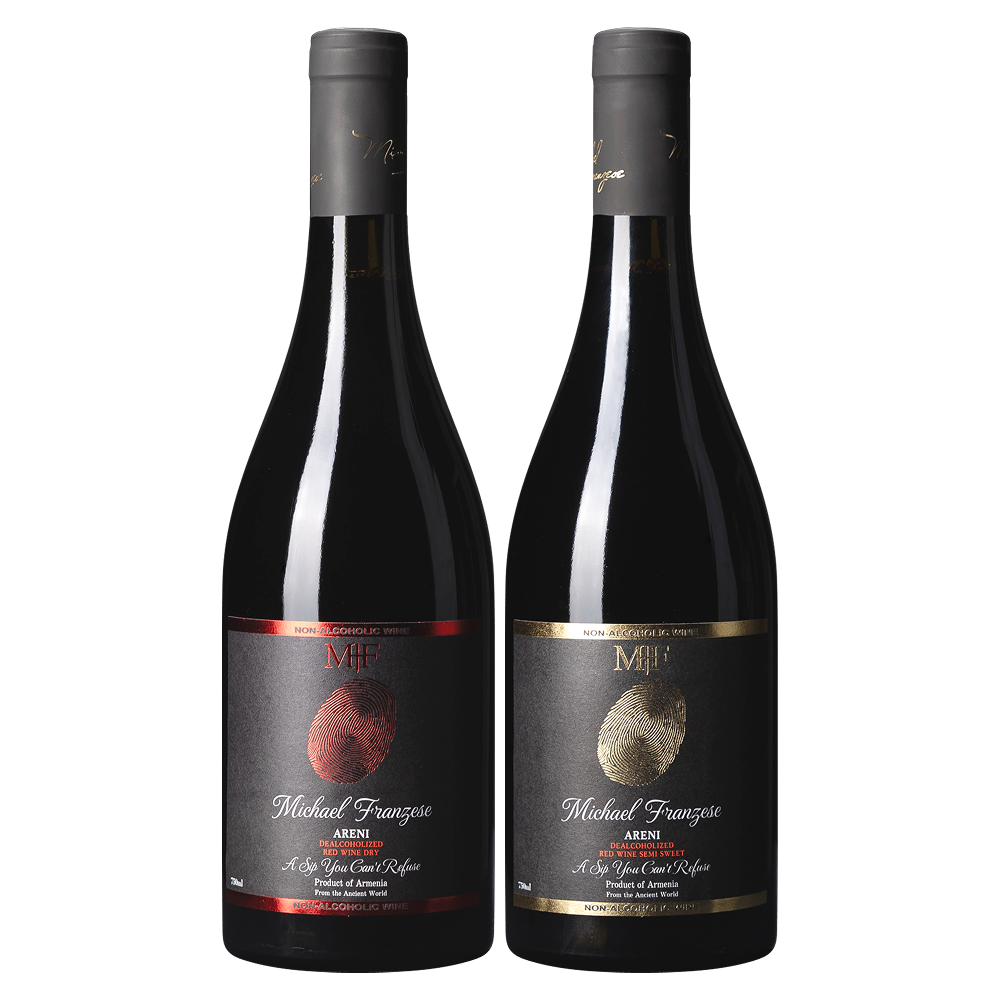From Sober Curious to Mainstream: Why Non-Alcoholic Wine Is the Next Big Drink Trend
Once a niche product category, non-alcoholic wine is now surging into the mainstream. According to Fact.MR, the global non-alcoholic wine market is projected to be worth USD 2.84 billion in 2025 and reach USD 7.64 billion by 2035, growing at a CAGR of 10.4%. That’s nearly tripling in just a decade—a pace that outstrips many traditional beverage segments.
So, what’s fueling this rise? A combination of health-conscious lifestyles, cultural shifts, technological innovation, and global regulatory support is transforming non-alcoholic wine into one of the most exciting growth stories in the beverage industry.
From Fringe to Fashion: The Cultural Shift
In 2024, the industry closed at USD 2.57 billion, powered by demand in North America and Western Europe. Here, younger generations and the “sober curious” movement are rewriting social drinking norms. Instead of sugary sodas or abstaining completely, consumers are opting for sophisticated, zero-proof alternatives that carry all the flavor of wine—without the alcohol.
This momentum is spreading globally. In regions like the Middle East and Southeast Asia, where alcohol consumption is restricted by law or religion, non-alcoholic wine provides a culturally acceptable and aspirational alternative.
Innovation is the New Vintage
One of the biggest breakthroughs has been in flavor preservation technology. Techniques like vacuum distillation and reverse osmosis ensure that today’s non-alcoholic wines taste remarkably close to traditional vintages.
Stakeholder surveys by Fact.MR show that 78% of industry players prioritize taste authenticity, while 65% highlight varietal diversity as a key growth driver. Add to this the rise of functional ingredients such as adaptogens and botanicals, and the next generation of non-alcoholic wines will not only mimic the real thing but also offer wellness benefits.
Market Drivers: What's Behind the Boom?
- Health & Wellness Trends: Growing awareness of alcohol-related risks and demand for low-calorie, additive-free beverages.
- Sober Curious Movement: Consumers experimenting with reduced alcohol or full sobriety for lifestyle, fitness, or mental health reasons.
- Premiumization: A surge in high-quality, organic, and sustainably packaged wines.
- E-Commerce Expansion: Online channels, projected to grow at 10.1% CAGR, are becoming the go-to distribution platforms.
- Global Acceptance: From fine dining in Paris to upscale cafes in Seoul, non-alcoholic wines are finding a home in both traditional and emerging markets.
Sparkling Ahead: Segment Winners
Not all non-alcoholic wines are growing equally.
- Sparkling Non-Alcoholic Wine: Expected to dominate with 9.2% CAGR, tied to it's popularity at celebrations and events.
- Alcohol-Free Variants (<0.5% ABV): Leading growth with 9.5% CAGR, aligning with wellness and religious restrictions.
- Cans: Sustainable, portable, and convenient, cans are forecast to grow at 8.9% CAGR.
Global Growth Story
- United States: Stead at 5.2% CAGR, fueled by organic branding and premiumization.
- India: Rapid at 6.8% CAGR, with millennial and Gen Z adaption plus local flavor innovation.
- China: 7.1% CAGR, driven by middle-class expansion and herbal infusions.
- Germany & UK: Around 6% CAGR, emphasizing low sugar,clean labels, and sustainability.
- South Korea & Japan: Rising adoption among younger, wellness-oriented consumers.
Challenges on the Horizon
Despite the momentum, the industry faces hurdles:
- Taste Perceptions: Overcoming the belief that non-alcoholic wines lack authenticity.
- Pricing Pressures: Premium technologies and organic inputs raise costs.
- Regulatory Complexity: Varying alcohol thresholds and labeling laws across regions.
- Supply Chain Issues: Particularly with glass bottles and energy-intensive production.
Yet, these challenges also present opportunities for brands that innovate, educate, and differentiate.
The Bottom Line: From Niche to Mainstream
Non-Alcoholic wine is no longer just an option for abstainers—it’s fast becoming a global lifestyle choice. With the market set to more than double in value within a decade, brands that focus on authentic taste, wellness positioning, and sustainability are best positioned to lead.
As the saying goes: the best time to plant a vineyard was 20 years ago. The second-best time? Right now—especially if it’s producing non-alcoholic wine.



